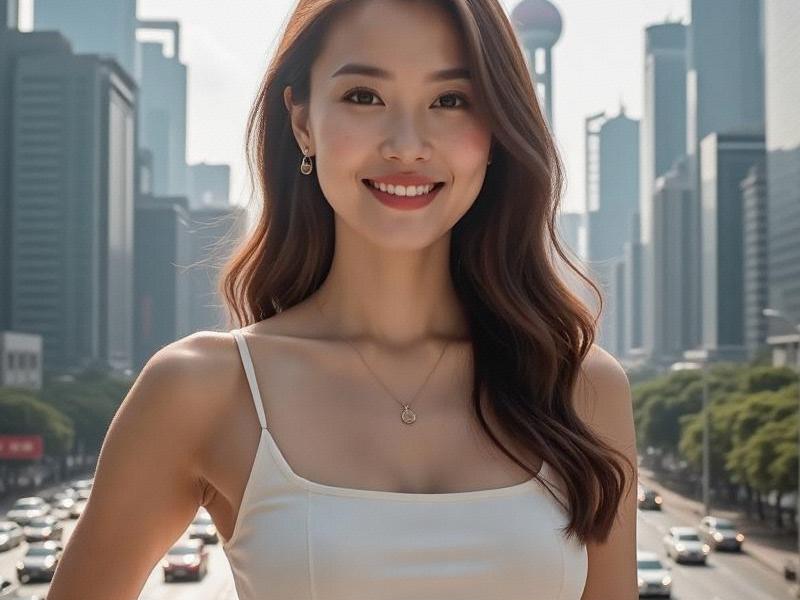This 2,800-word investigation reveals how Shanghai women are rewriting beauty rules by merging AI customization with cultural heritage, creating a globally influential new standard.

At the newly opened "Future Face Lab" on West Nanjing Road, 28-year-old finance executive Li Yuxi receives a beauty prescription unlike any other—an AI-generated report analyzing her facial structure against 5,000 years of Chinese art, then recommending modern adaptations. This is Shanghai beauty in 2025: high-tech yet deeply personal, globally aware yet culturally rooted.
The Data Behind the Glow
Shanghai's beauty industry now leverages:
- Facial recognition mapping against Tang Dynasty paintings
- Skin diagnostics using TCM (Traditional Chinese Medicine) algorithms
新上海龙凤419会所 - Hairstyle AR simulations incorporating feng shui principles
Local brand "Yùhé" reports 70% of customers now combine high-tech diagnostics with traditional remedies.
Street Style Anthropology
Fashion sociologist Dr. Wen Zhao identifies three dominant Shanghai beauty archetypes:
上海贵族宝贝sh1314 1. The Steel Orchid - Power suits with jade jewelry
2. The Neo-Shikumen - Vintage qipao with augmented reality accessories
3. The Algorithmic Muse - Daily looks adjusted by weather/pollution AI
The Confidence Economy
上海喝茶服务vx Unlike rigid K-beauty standards, Shanghai emphasizes what dermatologist Dr. Zhang Wei calls "strategic enhancement"—procedures preserving natural features. At clinics like BUND Aesthetics, requests for "Shanghai Eye" procedures (creating almond-shaped eyes without Westernization) have surged 300%.
Cultural Guardianship
Initiatives like the "Longtang Beauty Project" teach teenagers to make Republic-era hairstyles using smart combs that explain historical context. Meanwhile, luxury malls host "Guochao" (national trend) makeup counters where augmented reality mirrors overlay modern looks with cultural motifs.
The Future Face
As Shanghai positions itself as Asia's beauty tech capital, its women lead a global conversation about identity in the digital age—proving tradition and innovation aren't opposites, but natural partners in self-expression.